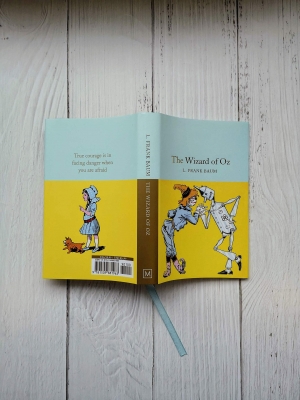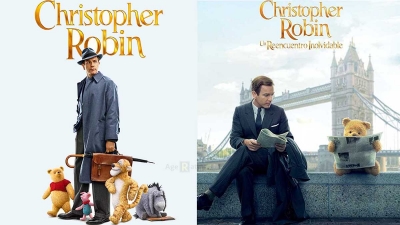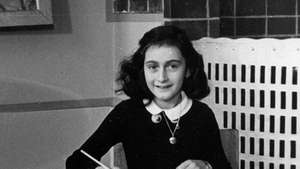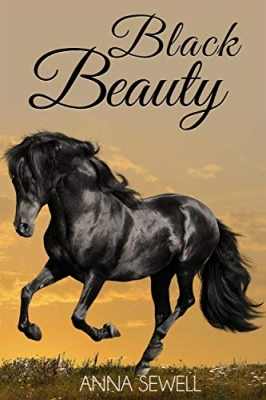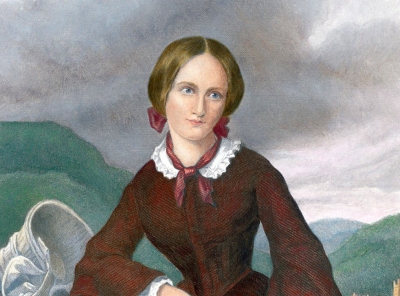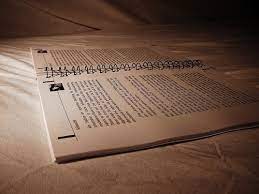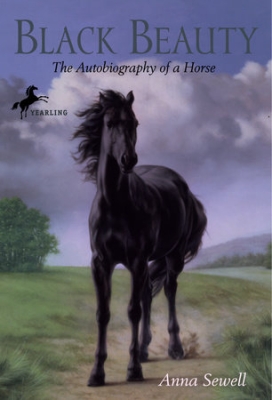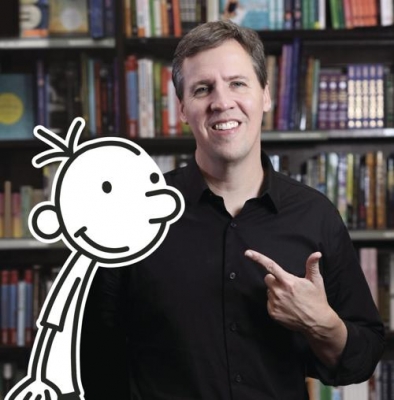Which is first in the series of fantasy novels by British author C.S. Lewis was published in 1950, and called “The Lion, the Witch and the Wardrobe”?
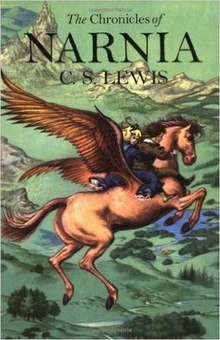
The Chronicles of Narnia, a series of seven children’s books by C.S. Lewis: The Lion, the Witch, and the Wardrobe (1950), Prince Caspian (1951), The Voyage of the Dawn Treader (1952), The Silver Chair (1953), The Horse and His Boy (1954), The Magician’s Nephew (1955), and The Last Battle (1956). The series is considered a classic of fantasy literature and has influenced many other fantasy works.
Lewis dedicated the first book to his goddaughter Lucy Barfield and gave her name to the fictional Lucy Pevensie, who—with her siblings Peter, Susan, and Edmund—figures as a character in the series. Most Lewis scholars agree that it is preferable to read the books in order of publication. They were originally illustrated by Pauline Baynes. Books from the series have also been adapted several times for radio, television, stage, and film productions.
In the United States, the publication rights were first owned by Macmillan Publishers, and later by HarperCollins. The two issued both hardcover and paperback editions of the series during their tenure as publishers, while at the same time Scholastic, Inc. produced paperback versions for sale primarily through direct mail order, book clubs, and book fairs. HarperCollins also published several one-volume collected editions containing the full text of the series. As noted below (see Reading order), the first American publisher, Macmillan, numbered the books in publication sequence, whereas HarperCollins, at the suggestion of Lewis's stepson, opted to use the series' internal chronological order when they won the rights to it in 1994. Scholastic switched the numbering of its paperback editions in 1994 to mirror that of HarperCollins.
Picture Credit : Google
